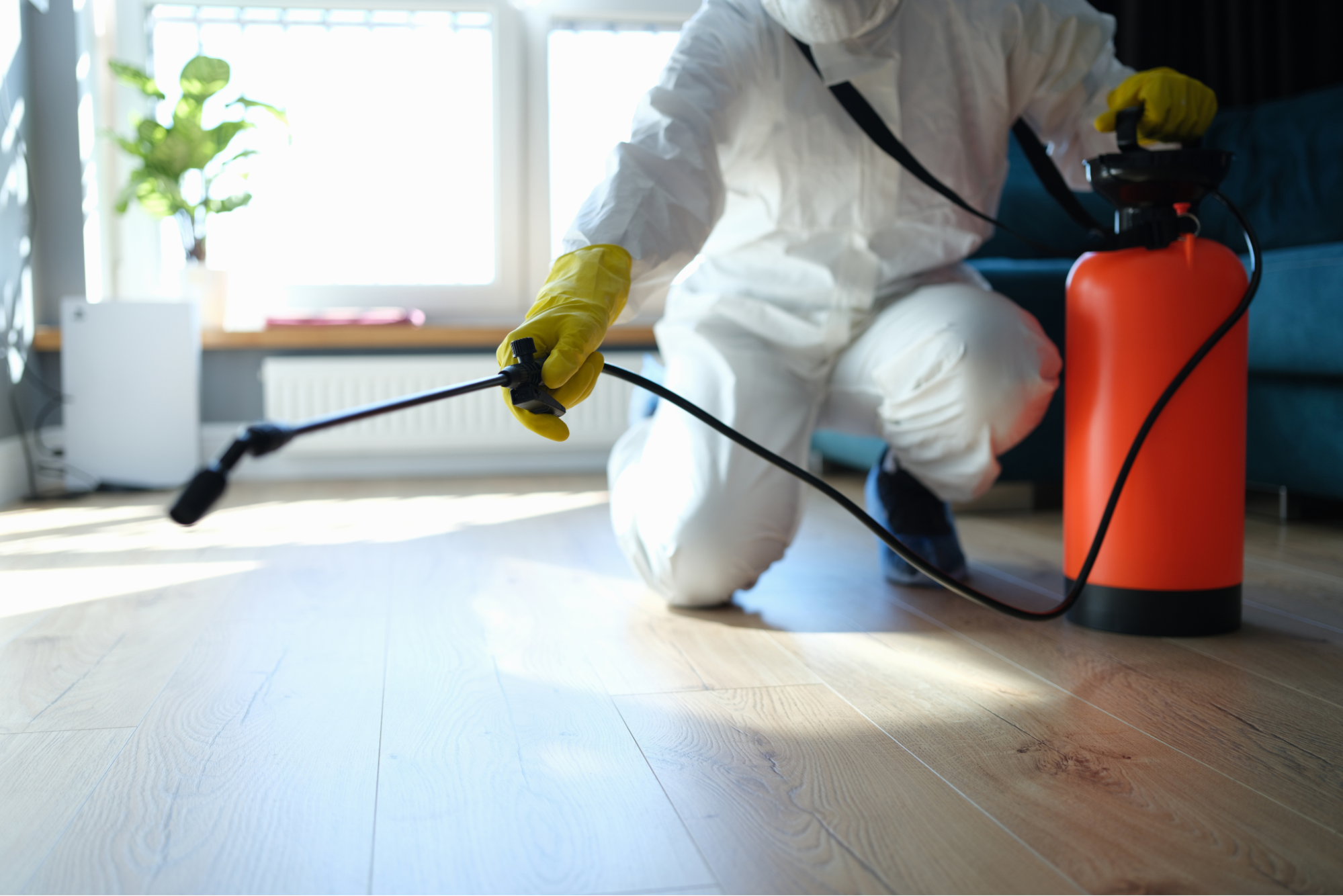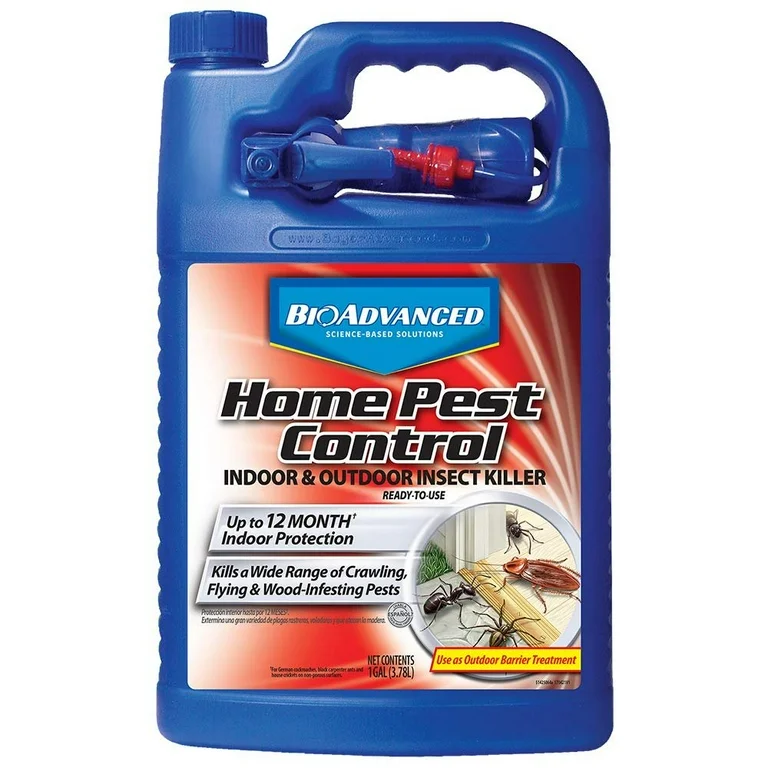Relied On A1 Exterminator Charlotte NC - Comprehensive Pest Solutions
Relied On A1 Exterminator Charlotte NC - Comprehensive Pest Solutions
Blog Article
Bed Bug Treatment Malfunction: Contrasting Chemical Vs. Non-Chemical Solutions
In the realm of insect control, specifically when dealing with the consistent concern of bed pests, the choice between chemical and non-chemical therapy solutions can be an essential one. Both strategies offer distinct advantages and disadvantages, affecting factors such as efficiency, security factors to consider, and overall cost. By taking a look at the nuanced details of each technique, a more clear understanding of which course to seek in addressing a bed bug invasion can be obtained.
Performance of Chemical Treatments
Chemical treatments for bed bug invasions have been extensively acknowledged for their potent and quick effectiveness in eliminating these pests. When taking into consideration the performance of chemical treatments, it is essential to recognize that they can supply a quick and extensive service to a bed pest issue.
Additionally, chemical therapies have the benefit of supplying residual results, implying that they can remain to remove bed bugs even after the initial application. This recurring activity is specifically useful in combating any possible re-infestations. Additionally, the fast action of chemical treatments can bring relief to individuals encountering severe bed insect problems, allowing them to gain back control of their home swiftly.
Safety Issues With Chemical Solutions
One crucial aspect that calls for mindful consideration when making use of chemical solutions for bed bug treatment is guaranteeing the security of passengers and the setting. While chemical treatments can be effective in eliminating bed bugs, they may pose threats otherwise handled properly. One of the key safety worry about chemical remedies is the prospective harm they can trigger to human health and wellness. Direct exposure to specific chemicals utilized in bed pest therapies can bring about respiratory system concerns, skin irritability, or various other negative reactions, particularly in individuals with pre-existing problems or sensitivities. Additionally, inappropriate application or dosage of chemical pesticides can result in poisonous residues lingering in the cured area, posturing long-lasting health threats to residents.
Moreover, the environmental influence of chemical services is an additional significant consideration. Some chemicals made use of in bed pest treatments may be harmful to valuable insects, wildlife, and communities if they seep right into the soil or water systems. It is necessary to use chemical treatments carefully, following security guidelines, and thinking about much less hazardous alternatives to reduce these threats and make certain the efficient and secure monitoring of bed bug infestations.
Benefits of Non-Chemical Techniques
Taking into consideration the potential safety issues and environmental effect connected with chemical solutions for bed bug treatment, checking out non-chemical techniques offers a promising option with a number of distinctive benefits. Non-chemical methods use a more secure option for families, especially those with family pets, individuals, or kids conscious rough chemicals. These strategies eliminate the threats of direct exposure to harmful compounds, reducing the possibility for damaging wellness impacts. Moreover, non-chemical treatments are environmentally pleasant, as they do not add to air or water contamination, making them a lasting reference choice for pest control.
Additionally, non-chemical options can be effective in targeting bed pests, including hard-to-reach locations where chemical treatments might not penetrate. Techniques such as heat therapy, vacuuming, steam cleansing, and mattress encasements give detailed elimination without making use of damaging chemicals. Moreover, non-chemical techniques can be much less disruptive, needing minimal preparation and permitting for quicker reentry into dealt with locations. In general, choosing non-chemical bed bug therapy approaches not only prioritizes safety and security and environmental management yet also ensures thorough and reliable insect control.
Limitations of Non-Chemical Treatments

Additionally, non-chemical therapies usually require several applications to attain successful removal. This can be taxing and might not always guarantee total removal of all bed bugs and their eggs, particularly in hard-to-reach or concealed places.
Moreover, the success of non-chemical treatments greatly depends on proper application and thoroughness, which can be challenging for people without specialist knowledge. Insufficient application of non-chemical techniques might cause insufficient obliteration, resulting in consistent invasions and the requirement for extra therapies.
Consequently, while non-chemical therapies have their benefits, it is necessary to acknowledge these limitations and consider them when identifying one of the most reliable technique for handling bed insect problems.
Price Contrast: Chemical Vs. Non-Chemical Options
Given the limitations related to non-chemical treatments, a crucial facet to examine in the context of bed insect management is the cost contrast in between chemical and non-chemical choices. Chemical treatments generally involve the application of pesticides by experts, which can range from $250 to $900 per space, relying on the intensity of the infestation and the dimension of the location to be treated. On the other hand, non-chemical therapies like warm therapy or vapor can be much more expensive, with prices ranging from $1,000 to $6,000 for an entire home. While the first expense of chemical therapies might seem reduced, several treatments might be called for to completely eliminate the infestation, possibly enhancing the overall cost. On the various other hand, non-chemical choices may give a much more sustainable and environmentally friendly option, although they can be visit this web-site cost-prohibitive for some individuals. Inevitably, when thinking about the price of bed insect therapy choices, it is very important to evaluate the upfront costs versus the efficiency and lasting sustainability of the chosen technique.
Verdict

Considering the prospective safety and security concerns and ecological influence associated with chemical remedies for bed insect treatment, exploring non-chemical techniques presents a promising option with a number of distinct benefits.Given the restrictions connected with non-chemical therapies, a crucial facet to evaluate in the context of bed pest management is the price comparison in between chemical and non-chemical choices. In contrast, non-chemical treatments like heat treatment or vapor can be much more expensive, with expenses varying from $1,000 to $6,000 for a whole home. While the first price of chemical treatments may seem lower, several therapies might be called for to fully eradicate the infestation, potentially boosting the general price.In conclusion, when comparing chemical and non-chemical bed bug therapy choices, it is vital to think about performance, safety, benefits, limitations, and cost.
Report this page